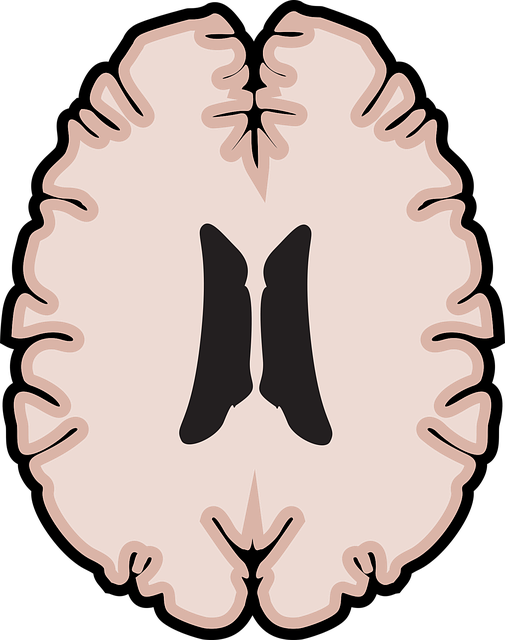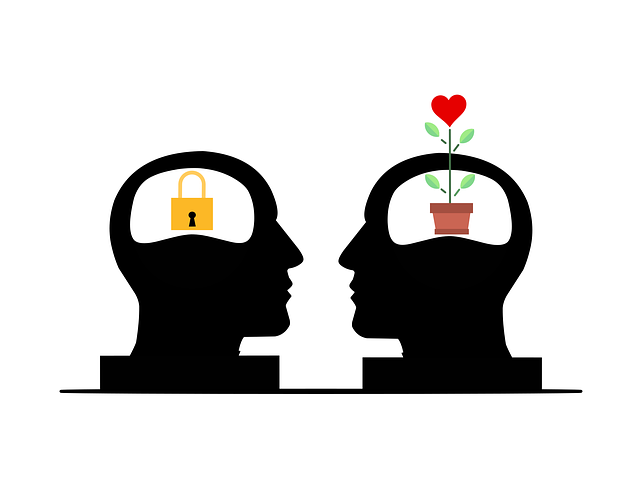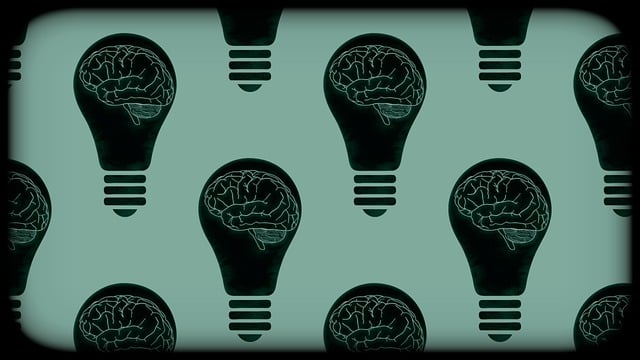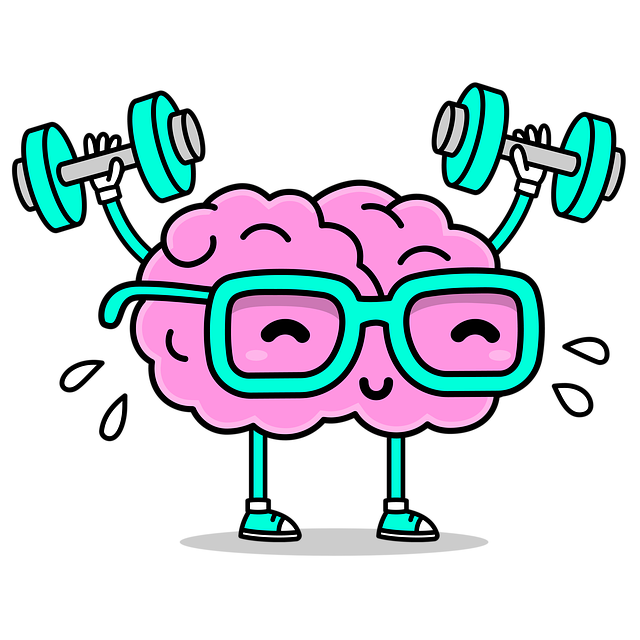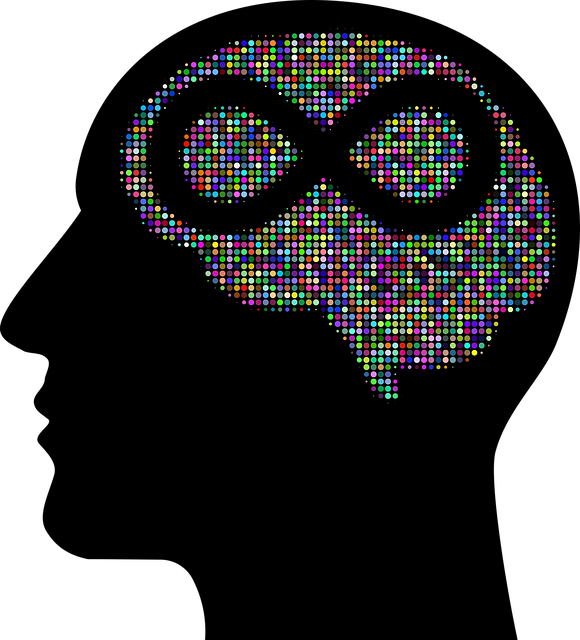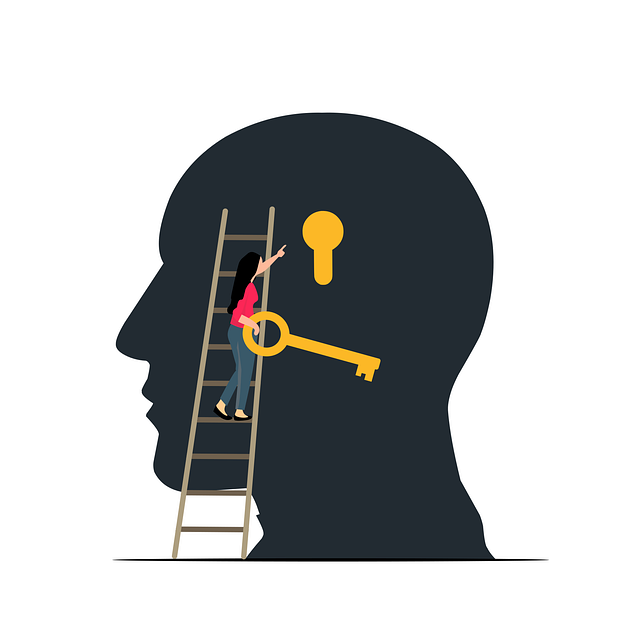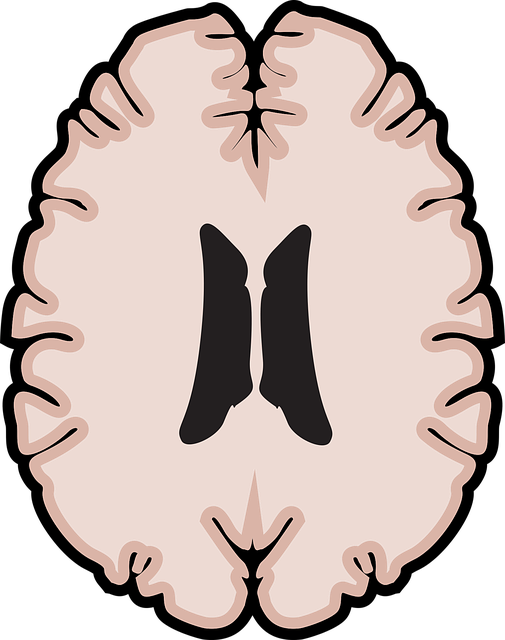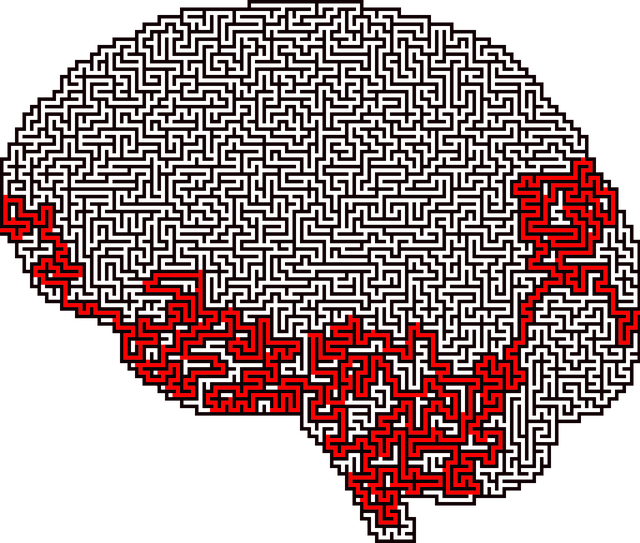Adolescent teen mental health is a growing concern, with modern challenges demanding innovative solutions. Marketing strategies for mental wellness apps should emphasize therapy, particularly mindfulness practices, as powerful tools for anxiety relief and resilience building among teens. By combining research-backed techniques, real-life success stories, and user testimonials, developers can foster trust with parents and teens, encouraging the adoption of healthy coping mechanisms. Targeting keywords like "Therapy for Adolescent Teens" and "Mindfulness," app marketers can effectively reach this demographic through social media campaigns, influencer partnerships, and engaging content, destigmatizing therapy while promoting digital solutions for better mental well-being.
In today’s digital age, mental wellness apps offer a promising approach to addressing the unique challenges faced by adolescent teens. This article delves into a comprehensive marketing strategy development for such apps, focusing on understanding the specific mental health needs and mindfulness practices among youth. We explore targeted outreach methods and innovative app features that engage teens effectively. By harnessing the power of technology, we can provide accessible therapy and promote mindfulness as a vital tool for adolescent well-being.
- Understanding Adolescent Teen Mental Health Needs
- The Role of Mindfulness in Youth Wellness
- Marketing Strategies for Targeted Outreach
- Engaging Teens Through Innovative App Features
Understanding Adolescent Teen Mental Health Needs

Adolescent teen mental health is a critical area that requires tailored and compassionate approaches. Today’s teens face unique challenges, from academic pressures to social media influences and peer dynamics, which can contribute to heightened stress levels and mental health issues such as anxiety and depression. Understanding these complexities is essential when developing marketing strategies for mental wellness apps aimed at this demographic.
Marketing efforts should highlight the benefits of therapy for adolescent teens, emphasizing mindfulness practices as a powerful tool for anxiety relief, resilience building, and compassion cultivation. By presenting research-backed solutions, app developers can assure parents and teens that their mental health is in capable hands. Incorporating real-life success stories and testimonials from satisfied users can further resonate with this audience, fostering trust and encouraging the adoption of healthy coping mechanisms.
The Role of Mindfulness in Youth Wellness

Mindfulness has emerged as a powerful tool in promoting youth wellness and is increasingly recognized as an essential component of therapy for adolescent teens. By integrating mindfulness practices, mental health apps can cater to the unique needs of this demographic, fostering better emotional regulation and stress management skills. Adolescent minds are developing rapidly, and teaching them mindfulness techniques early on can help navigate the challenges of growing up, including academic pressures, peer relationships, and identity formation.
The incorporation of mindfulness into mental healthcare practice extends beyond individual therapy sessions. Effective communication strategies that incorporate mindfulness can enhance the therapist-client relationship, creating a safer space for teens to open up about their struggles. Additionally, cultural sensitivity in mental healthcare practice is crucial when addressing the diverse needs of young individuals from various backgrounds. Burnout prevention strategies for healthcare providers are also essential, ensuring they can sustain their support and provide consistent care over time, thereby positively influencing the overall wellness journey of adolescent teens.
Marketing Strategies for Targeted Outreach

In developing a marketing strategy for mental wellness apps targeting adolescent teens, it’s crucial to approach outreach with precision and care. Given the sensitive nature of mental health issues among this demographic, tailored messaging is essential. Strategies should focus on educating parents, caregivers, and educators about the signs of mental illness in teens, emphasizing the accessibility and effectiveness of digital therapy solutions. Utilizing social media platforms popular among teens, such as Instagram and TikTok, allows for direct engagement with this audience. Influencer partnerships and user-generated content featuring successful mental wellness journeys can help destigmatize seeking therapy, introducing apps as accessible tools for improving adolescent mental health.
Leveraging specific keywords like “Therapy for Adolescent Teens” and related terms like “Conflict Resolution Techniques” and “Social Skills Training” in marketing materials ensures that the target audience finds relevant resources easily. Additionally, addressing the pervasive issue of mental illness stigma through targeted campaigns and collaborations with advocacy groups can further enhance the app’s appeal. By combining creative digital marketing techniques with a deep understanding of adolescent psychology, mental wellness apps can effectively reach teens where they are most receptive, fostering open conversations about mental health and encouraging proactive care-seeking behaviors.
Engaging Teens Through Innovative App Features

In today’s digital age, mental wellness apps offer a promising avenue to engage teens and promote emotional well-being. To capture their interest, innovative features that merge therapy with mindfulness practices can be game-changers. Apps designed specifically for adolescent teens should incorporate interactive elements like personalized meditation guides, mood tracking tools, and virtual support groups to foster a sense of community. These features not only encourage regular use but also empower teens to take charge of their mental health in a safe, accessible online space.
Beyond app functionality, integrating community outreach program implementations can further enhance engagement. By partnering with schools, youth organizations, and local communities, these apps can leverage Emotional Well-being Promotion Techniques to raise awareness about mental health issues among teens. Moreover, including Trauma Support Services within the app ecosystem ensures that users have access to immediate resources for handling distressing events, making the platform a comprehensive hub for holistic teen mental wellness.
Developing a comprehensive marketing strategy for mental wellness apps focused on adolescent teens requires a deep understanding of their unique mental health needs and the power of mindfulness. By combining targeted outreach with innovative app features, marketers can effectively engage this demographic, offering accessible therapy solutions tailored to their vibrant and bustling lifestyles. Incorporating keywords like ‘therapy for adolescent teens’ and ‘mindfulness’ ensures that these essential resources reach those who need them most, paving the way for enhanced mental wellness in today’s digital age.
